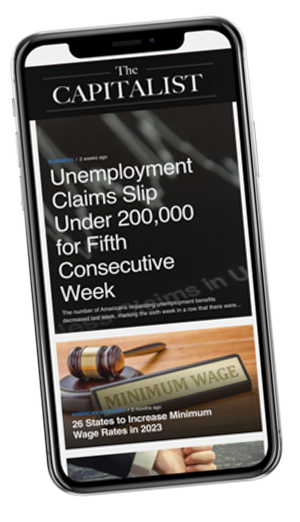Trending News
U.S. oil futures fall to 4-month low ahead of API supply data

Investing.com – U.S. oil futures traded near the lowest level in more than four months on Tuesday, as traders looked ahead to weekly data on U.S. stockpiles of crude and refined products later in the day.
On the New York Mercantile Exchange, for September delivery hit a session low of $46.70 a barrel, the weakest since March 24, before trading at $47.31 during U.S. morning hours, down 8 cents, or 0.17%.
On Monday, Nymex oil futures slumped 75 cents, or 1.56%, to close at $47.39 as ongoing worries over high domestic U.S. oil production weighed.
According to industry research group Baker Hughes (NYSE:), the number of rigs drilling for oil in the U.S. increased by 21 last week to 659, the most since May.
Market players looked ahead to fresh weekly information on U.S. stockpiles of crude and refined products to gauge the strength of demand in the world’s largest oil consumer.
The American Petroleum Institute will release its later in the day, while Wednesday’s could show crude stockpiles fell by 0.4 million barrels in the week ended July 24.
Elsewhere, On the ICE Futures Exchange in London, for September delivery hit an intraday low of $52.31 a barrel, a level not seen since January 30, before trading at $52.77, down 71 cents, or 1.34%.
A day earlier, London-traded Brent futures lost $1.15, or 2.11%, to end at $53.47 amid concerns a resumption of Iranian oil exports will add to a global glut.
Iran and six world powers reached a long-awaited nuclear deal earlier in the month that would end sanctions on Tehran in exchange for curbs on the country's disputed nuclear program. Iran reportedly hoards 30 million barrels of oil in its reserves ready for export.
Reports of record high oil exports from Iraq and robust production from Saudi Arabia also contributed to losses.
Global oil production is outpacing demand following a boom in U.S. shale oil production and after a decision by the Organization of Petroleum Exporting Countries last year not to cut production.
Meanwhile, the spread between the Brent and the WTI crude contracts stood at $5.46 a barrel, compared to $6.08 by close of trade on Monday.
Meanwhile, investors were looking ahead to the Federal Reserve’s monetary policy statement on Wednesday for any fresh indications on when it may start to hike interest rates.
Elsewhere, the took investors on a roller coaster ride on Tuesday, plunging nearly 5% after the open, only to rebound into positive territory ahead of the midday break, and then drop again in afternoon trade to end down 1.7%.
The People's Bank of China said in a statement before the market opened Tuesday it would act to stabilize market expectations.
On Monday, the Shanghai Composite tumbled 8.5%, the biggest one-day drop since February 2007, amid reports that government buying of stocks and securities has slowed.
Equity markets in China plunged sharply earlier this month, forcing policymakers to intervene and provide measures to boost liquidity and calm investors.
The Asian nation is the world's second largest oil consumer after the U.S. and has been the engine of strengthening demand.



